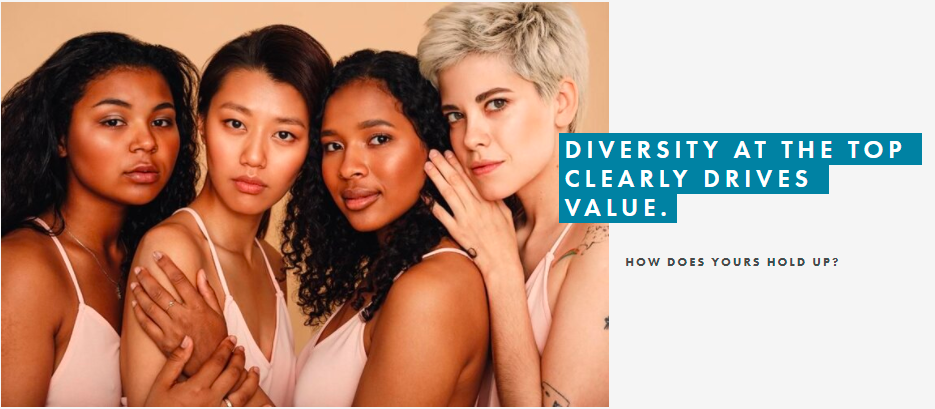Diversity at the top clearly drives value. A McKinsey study of 180 global publicly traded companies, for instance, found that "for companies ranking in the top quartile of executive-board diversity, ROEs were 53% higher, on average, than they were for those in the bottom quartile. At the same time, EBIT margins at the most diverse companies were 14% higher, on average, than those of the least diverse companies."
But diversity at the top is not enough. Diversity is critical at all levels of an organization to drive innovation and a sense of inclusion. The customers and markets we serve have become increasingly diverse, and in order to meet their needs, organizations must continuously adapt.
But let's take a step back and define what we mean by diversity. Diversity in the workplace is not some feel-good, politically correct goal. It opens doors, facilitates communication and broadens both perspective and thought. And, most important for any resistant naysayers, it stimulates solid financial results.
Diversity is complicated because its definition is, well, diverse. It encompasses all those differences that make us unique. This is not only race, color, ethnicity and gender, but also language, nationality, sexual orientation, religion, socio-economic status, age and physical and mental ability. And we cannot stop there. We also have to consider diversity of thought, family status, cultural background, political beliefs and so on. When we think of humans, the possibility for diversity is as endless as each of us is unique.
Rather than trying to figure out what diversity means, let’s think about it from a different perspective: acceptance and respect. It means understanding that each individual is unique and being willing to recognize and value these individual differences.
But diversity at the top is not enough. Diversity is critical at all levels of an organization to drive innovation and a sense of inclusion. The customers and markets we serve have become increasingly diverse, and in order to meet their needs, organizations must continuously adapt.
But let's take a step back and define what we mean by diversity. Diversity in the workplace is not some feel-good, politically correct goal. It opens doors, facilitates communication and broadens both perspective and thought. And, most important for any resistant naysayers, it stimulates solid financial results.
Diversity is complicated because its definition is, well, diverse. It encompasses all those differences that make us unique. This is not only race, color, ethnicity and gender, but also language, nationality, sexual orientation, religion, socio-economic status, age and physical and mental ability. And we cannot stop there. We also have to consider diversity of thought, family status, cultural background, political beliefs and so on. When we think of humans, the possibility for diversity is as endless as each of us is unique.
Rather than trying to figure out what diversity means, let’s think about it from a different perspective: acceptance and respect. It means understanding that each individual is unique and being willing to recognize and value these individual differences.


